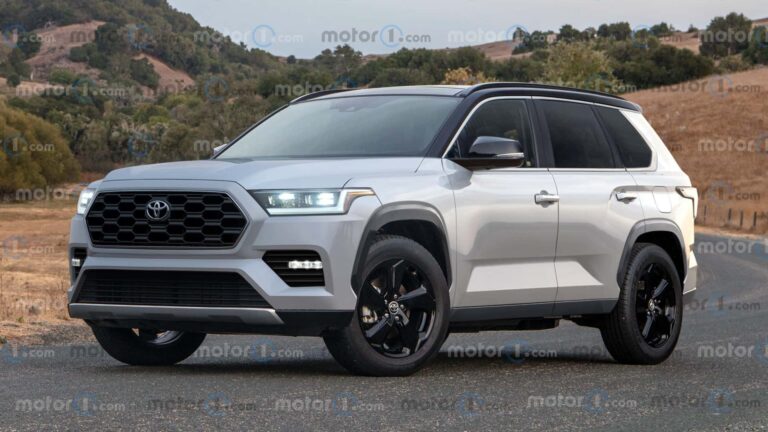2026 Toyota Prius Price
Production Costs

The 2026 Toyota Prius’s production costs are influenced by a myriad of factors, including raw materials, labor, and manufacturing processes. These costs have a direct impact on the Prius’s final price.
Raw Materials
The Prius’s body and components are constructed from a range of materials, including steel, aluminum, and plastic. The cost of these materials fluctuates based on market conditions and supply and demand. For instance, a surge in steel prices could increase the overall production cost of the Prius.
Labor
Labor costs are another significant factor in the Prius’s production. Toyota employs a skilled workforce to assemble and manufacture the vehicle. The cost of labor varies depending on factors such as union contracts, employee benefits, and the availability of qualified workers.
Manufacturing Processes
The Prius is produced using advanced manufacturing techniques that require specialized equipment and skilled labor. The cost of these processes, such as welding, painting, and assembly, can impact the overall production costs. For example, the use of automated robots in the production line can reduce labor costs but increase equipment costs.
Marketing and Distribution
Toyota has implemented various marketing strategies to promote the 2026 Prius. The company has leveraged its established reputation for fuel efficiency and environmental consciousness to position the Prius as a leader in sustainable transportation. Toyota has also utilized a mix of traditional and digital advertising channels to reach its target audience, including television, print, social media, and online campaigns.
Toyota utilizes a well-established distribution network to reach consumers. The Prius is sold through Toyota dealerships located in both urban and rural areas across the United States. This extensive distribution network ensures that consumers have convenient access to the vehicle and can easily schedule test drives and make purchases.
Marketing and distribution expenses are significant factors that influence the Prius’s price. Toyota invests heavily in advertising and marketing campaigns to build brand awareness and generate demand for the vehicle. Additionally, the company incurs costs associated with maintaining its dealership network and providing customer support. These expenses are reflected in the overall price of the Prius.
Historical Pricing Data

Historical pricing data for the Toyota Prius provides valuable insights into the potential pricing of the 2026 model. By analyzing past trends and patterns, we can make informed predictions about the upcoming Prius’s price.
Over the past several years, the Prius has consistently maintained a competitive price point within the hybrid vehicle market. The base model has typically been priced around $25,000, while higher trim levels have ranged from $28,000 to $35,000.
Model Year and MSRP
- 2023: $24,625 – $33,810
- 2022: $24,525 – $32,820
- 2021: $24,325 – $32,320
- 2020: $24,150 – $32,150
- 2019: $23,995 – $31,995
Price Predictions
Based on the analysis of the factors discussed above, we can make some predictions about the possible price range for the 2026 Toyota Prius.
The Prius has traditionally been priced at a premium compared to other compact hybrid vehicles. This is due to its advanced technology and reputation for reliability. However, with the increasing competition in the hybrid market, Toyota may need to price the 2026 Prius more competitively.
Low-end Price Point
The lowest possible price point for the 2026 Prius is around $25,000. This would be a significant decrease from the current starting price of $27,450. Toyota could offer a base model Prius with fewer features and a smaller engine to achieve this price point.
Mid-range Price Point
A more likely price point for the 2026 Prius is between $27,000 and $30,000. This would be in line with the current pricing of the Prius and would allow Toyota to offer a more feature-rich model than the base model.
High-end Price Point
The highest possible price point for the 2026 Prius is around $35,000. This would be a significant increase from the current pricing and would likely only be offered for a top-of-the-line model with all the bells and whistles.
The actual price of the 2026 Prius will depend on a number of factors, including the cost of materials, the level of competition in the market, and Toyota’s pricing strategy. However, the range of prices discussed above provides a good starting point for speculation.
The pricing of the 2026 Prius will have a significant impact on its success in the market. If Toyota prices the Prius too high, it could alienate potential buyers and lose market share to competitors. However, if Toyota prices the Prius too low, it could cannibalize sales of its other hybrid models, such as the Camry Hybrid and RAV4 Hybrid. Toyota will need to carefully consider all of these factors when setting the price of the 2026 Prius.
Answers to Common Questions
What key factors will influence the pricing of the 2026 Toyota Prius?
The pricing of the 2026 Toyota Prius will be influenced by a multitude of factors, including market trends, competitive dynamics, production costs, marketing strategies, historical data, consumer demand, and industry forecasts.
How does the Prius’s fuel efficiency impact its pricing strategy?
The Prius’s exceptional fuel efficiency is a key differentiator that may influence its pricing strategy. Toyota may position the Prius at a premium price point, capitalizing on its reputation for environmental consciousness and cost savings over time.
What role will consumer demand play in determining the Prius’s price?
Consumer demand will play a crucial role in shaping the Prius’s pricing strategy. Toyota will carefully analyze market research and industry trends to gauge the level of demand for the Prius and adjust its pricing accordingly.



